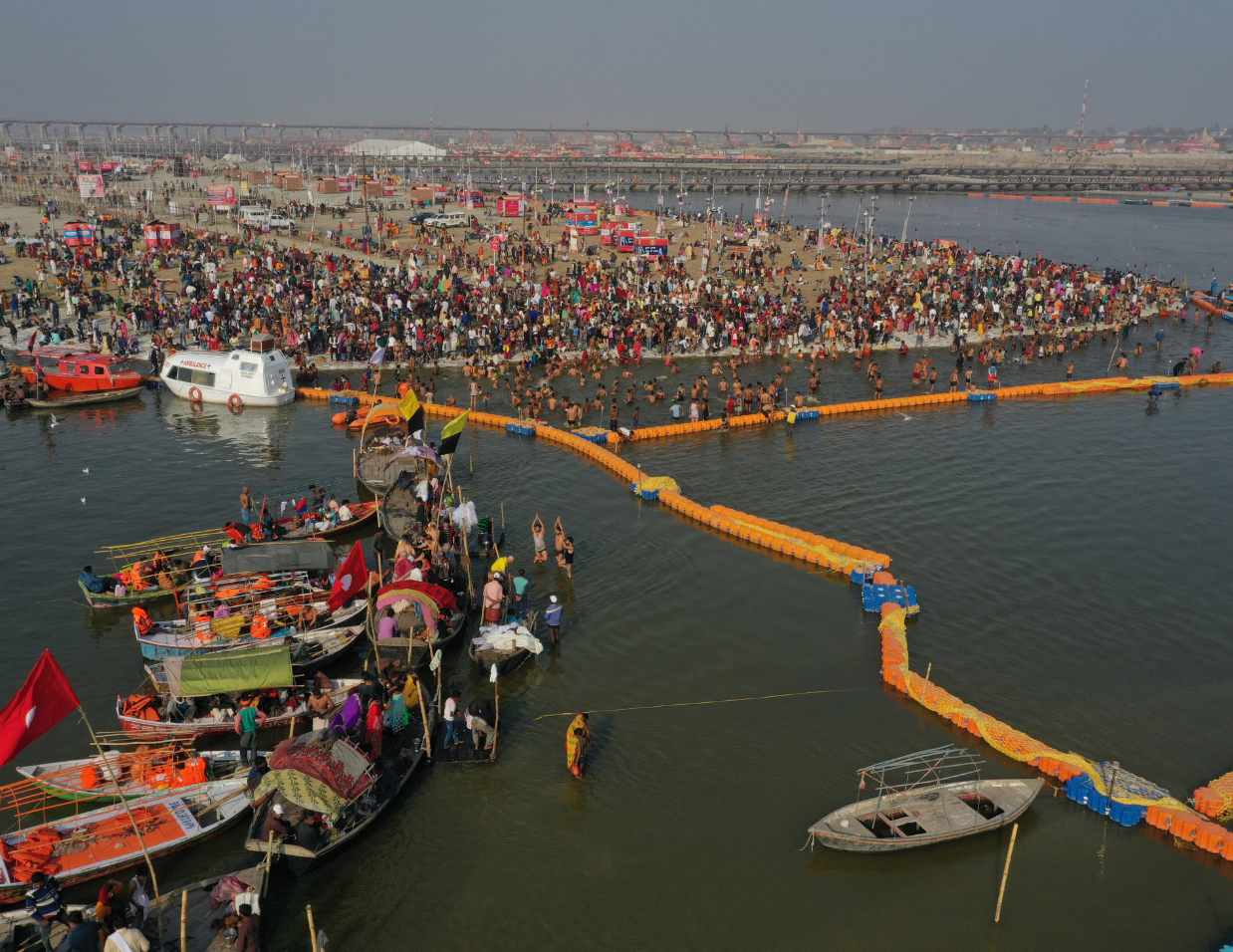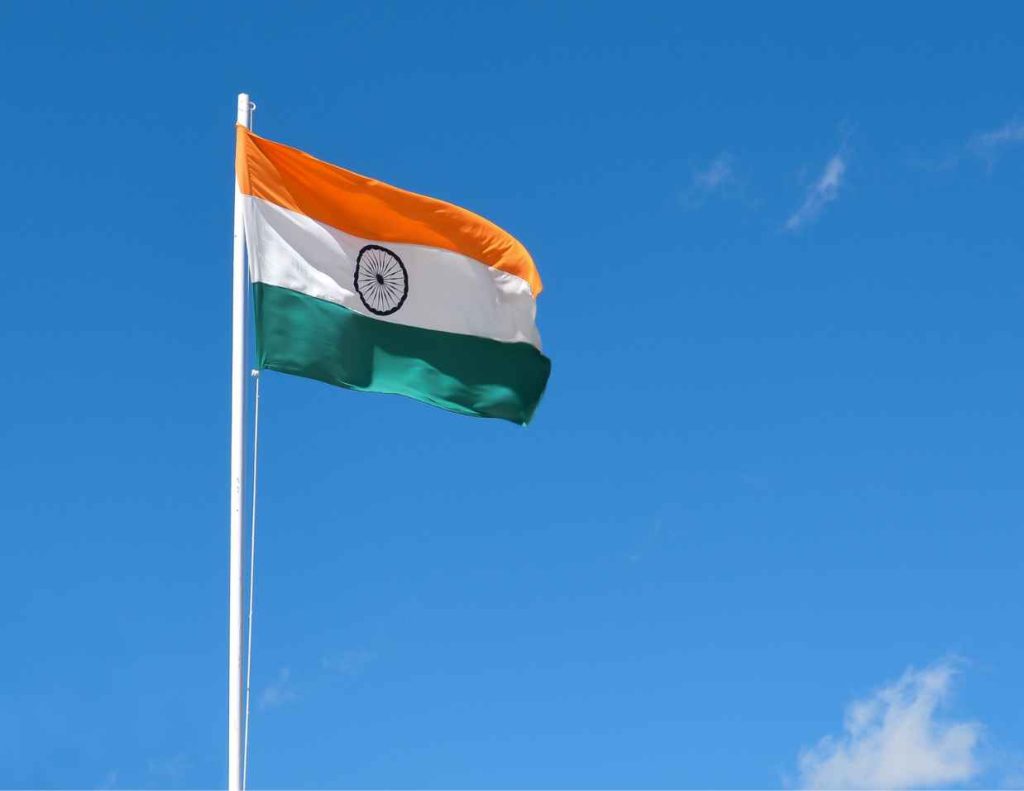Maha Kumbh Mela: The World’s Largest Religious Gathering

Maha Kumbh Mela: The World’s Largest Religious Gathering
Maha Kumbh Mela is one of the most significant and largest religious gatherings in the world, attracting millions of devotees, saints, and tourists from across the globe. Celebrated every 12 years at four sacred locations in India—Prayagraj, Haridwar, Nashik, and Ujjain—the Kumbh Mela is deeply rooted in Hindu tradition and mythology. The Maha Kumbh Mela, which occurs once every 144 years (after 12 cycles of the Kumbh Mela), is an even more auspicious and rare event. This grand festival is marked by spiritual fervor, elaborate rituals, and a spectacular convergence of faith.
The origins of the Kumbh Mela are rooted in Hindu mythology, particularly in the tale of the churning of the ocean, or “Samudra Manthan.” According to Hindu scriptures, gods (Devas) and demons (Asuras) churned the ocean to obtain the nectar of immortality, or “Amrit.” When the pot (Kumbh) of nectar was obtained, a fierce battle ensued between the Devas and Asuras. In the process, a few drops of the nectar fell at four locations—Prayagraj, Haridwar, Nashik, and Ujjain—making them sacred sites where the Kumbh Mela is celebrated.
The Rituals and Celebrations
The Kumbh Mela is known for its elaborate rituals, with the “Shahi Snan” or royal bath being the most significant. The festival begins with the holy dip in the sacred rivers, believed to cleanse devotees of their sins and liberate them from the cycle of birth and death. Pilgrims, saints, and ascetics participate in these baths on specific astrologically determined dates.
One of the most fascinating aspects of the Kumbh Mela is the presence of Naga Sadhus, the naked ascetics who renounce worldly possessions and engage in deep meditation. These sadhus, along with various other sects and spiritual leaders, perform rituals, preach discourses, and engage in religious debates. Akharas, or monastic orders, play a crucial role in organizing and leading the religious proceedings.
Apart from the spiritual significance, the Maha Kumbh Mela is a vibrant cultural phenomenon. The festival hosts devotional music, religious fairs, and art exhibitions. Pilgrims and tourists also get a chance to witness India’s diverse spiritual traditions, from yoga and meditation to philosophical discussions led by learned gurus.
Massive Scale and Organization
The scale of the Maha Kumbh Mela is enormous, with millions of devotees attending over the course of several weeks. The 2013 Maha Kumbh Mela in Prayagraj was estimated to have attracted over 100 million people. Due to the sheer size of the event, the government undertakes extensive logistical planning, ensuring proper sanitation, security, medical facilities, and crowd management.
Temporary tent cities are set up to accommodate the influx of visitors, and various government and non-governmental organizations work together to provide food, clean drinking water, and medical aid. Advanced technology, including drones and surveillance systems, is used to ensure security.
The Uttar Pradesh government has undertaken extensive measures to ensure the successful organization of the Maha Kumbh Mela 2025 in Prayagraj, an event anticipated to attract over 400 million devotees. Building upon experiences from previous iterations, the administration has focused on infrastructure development, technological integration, and enhanced security protocols to manage the massive influx of pilgrims.
A significant aspect of the preparations involved the expansion of the festival grounds to approximately 4,000 hectares, accommodating the vast number of attendees. This expansion included the reclamation of 26 hectares through dredging, effectively tripling the capacity compared to the 2019 Ardh Kumbh Mela. To facilitate movement within this extensive area, over 450 kilometers of roads were constructed, complemented by the installation of temporary pontoon bridges across the rivers. Additionally, a sprawling tent city comprising around 150,000 tents was established to provide lodging for pilgrims, ensuring access to essential amenities.
Security And Health Services
In addressing the challenges of crowd management and security, the government deployed an impressive force of approximately 40,000 police officers, supplemented by personnel from the Uttar Pradesh Provincial Armed Constabulary, National Disaster Response Force, and Central Armed Police Forces. The integration of advanced surveillance technologies, including a network of around 2,300 cameras and the use of underwater drones, has been instrumental in real-time monitoring and maintaining order during the event.
Sanitation and health services have been prioritized to ensure a hygienic environment for all attendees. The installation of 150,000 toilets, monitored through a dedicated system, and the engagement of approximately 10,000 sanitation workers underscore the commitment to cleanliness. Health camps and mobile medical units have been strategically positioned to provide immediate medical assistance, reflecting a proactive approach to public health during the festival.
Despite these comprehensive measures, the event has faced challenges, notably a tragic stampede on January 29, 2025, resulting in significant casualties. This incident has prompted calls for further enhancements in crowd control strategies and emergency response protocols to prevent such occurrences in the future.
Significance Of Maha Kumbh Mela in the Modern World
Despite its ancient origins, the Maha Kumbh Mela continues to be relevant in modern times. It serves as a melting pot of faith, where people from different backgrounds and nationalities come together in search of spiritual awakening. The event has also gained recognition from UNESCO, which has listed it as an “Intangible Cultural Heritage of Humanity.”
Maha Kumbh Mela is more than just a religious gathering; it is a grand celebration of faith, devotion, and tradition. It showcases India’s rich spiritual heritage and cultural diversity, drawing millions into its sacred embrace. As one of the most awe-inspiring events in human history, the Maha Kumbh Mela continues to be a testament to the power of belief and the enduring strength of Hindu traditions.
